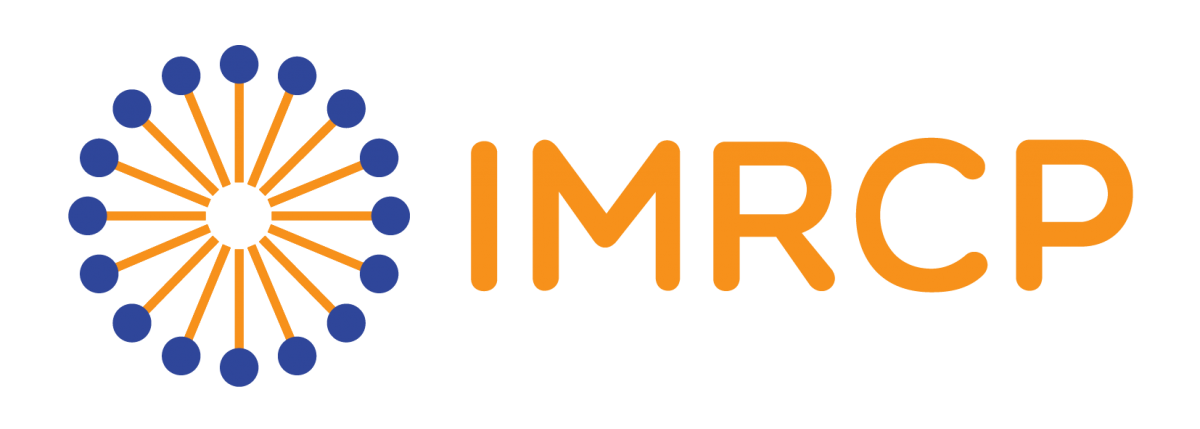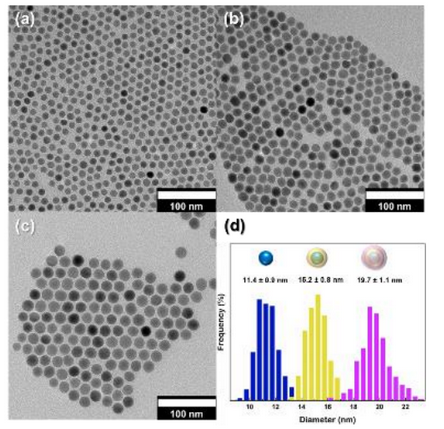LUMINESCENT NANOCRYSTALS : APPLICATION AS NANOTHERMOMETERS AND CARACTERISATION OF A PHOTOCATALYSIS REACTOR
CHEMISTRY & GREEN CHEMISTRY

Lab: IMRCP
Duration: NanoX master Internship (8 months part-time in-lab immersion)
Latest starting date: 15/10/2025
Localisation: Softmat Laboratory,
118, route de Narbonne, building 2R1
Toulouse 31062 Cedex 9
Supervisors:
Clément ROUX clement.roux1@univ-tlse3.fr
Pierre FAU pfau@insa-toulouse.fr
Work package:
Context :
This internship will be carried out within the framework of a larger project entitled Together-for-CO2, with
contributions from laboratories from Toulouse (LCC, LPCNO, Softmat), Strasbourg (ICPEES), and Marseille (Institut
Fresnel). The overall objective of Together-for-CO2 is to shed light on some of the processes at play during the
photocatalytic transformation of CO2 into methane. This reaction is enhanced in the presence of nanoparticles of
noble metal, especially when they are near the TiO2 catalyst. Absorption of visible light by the plasmonic
nanoparticles leads to an elevation of the local temperature. We wish to investigate which part of the increased
yieldin CH4 can be attributed to the increased temperature.
Objectives:
In this internship, we wish to carry out temperature measurements by a novel methodology, which makes use of
luminescent nanoparticles (NPs), excited in the near infrared and emitting in the visible. In these particles, the
relative intensities of the various emission bands depend directly on temperature. By studying them carefully, we
can thus deduce temperature from their luminescence profile. The luminescence mechanism of these NPs is known
as energy transfer upconversion and requires the NPs to be doped with specific
lanthanide ions, with very precise doping levels. The selected candidate will carry
out the syntheses of these NPs (diameter ~20 nm, see figure) using methods that
are well established at Softmat lab. Caracterisation methods will include standard
materials science techniques including X-ray diffraction, transmission electron
microscopy and TGA, as well as spectroscopic techniques, such as fluorimetry in
upconversion mode. Nanothermometry experiments will also be performed in
order to qualify the nanothermometers. Eventually, we will attempt to caracterise
the temperature landscape in the photocatalytic reactor.

References:
References:
1 - The role of the gold–platinum interface in AuPt/TiO2-catalyzed plasmon-induced reduction of CO2 with water.
Hammoud et al. Dalton Trans. 2023
2 - Lanthanide-Based Thermometers: At the Cutting-Edge of Luminescence Thermometry. Brites et al. Advances
Optical Materials. 2018
Areas of expertise:
Chemistry of materials, nanoparticles, spectroscopy, photocatalysis.
Required skills for the internship:
We are looking for a student with experience in applied physics, chemistry or materials
science with a desire to perform chemical syntheses.
